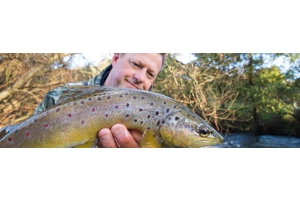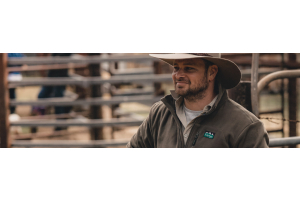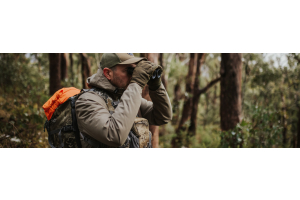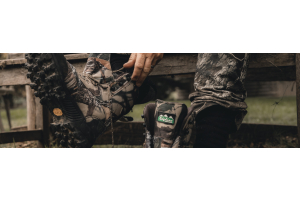
Layer Up
How to: Layering up for winter hunting
Whilst it might seem like the biggest impact on our hunt is your weapon of choice or the pattern of your camo, there’s nothing that will ruin your hunt quite like having the wrong layers. When it comes down to the crunch, you want all your focus on getting the kill, not how to stop your teeth chattering in the cold.
Three things you’ll need to remember: Efficiency, comfort, body temperature regulation.
Before you start picking layers there are two questions to consider:
What temperatures are you dealing with?
Will you be in the depths of cold all day and how cold do you need to be prepared for? Will you need to deal with different temperatures throughout the day and require more flexible layering.
How active will you be?
Will your hunt involve long periods of sitting amongst the terrain, or will you be doing a lot of hiking up and down mountains. If you know you will be sedentary for a long time, warmth is key, but if you’re on the move, then breathability is your biggest factor.
Whilst the number of layers you may need might vary, many of the layering principles and components remain the same no matter what type of winter hunting you are doing.
Base layers:
A crucial line of defence against the cold, is your base layer. This layer needs to sit close to your body and wick moisture away from the skin to keep you dry. This is the first layer to go on and the last layer to come off, so you want to make it a comfortable one.
Our merinotech thermals are an ideal winter base layer, made from 100% merino wool they are naturally sweat-wicking, odour-resistant, and regulate your body temperature in all weather conditions. Even better they are NZ made and go up to a size 5XL.
Try: Merinotech thermal top / leggings
Mid layers:
Working in conjunction with your base layers, mid layers job is to let that moisture out, whilst trapping the warm air and protect you from the cold. Mid layers are your flexible layer. For colder climates you may need more than one mid layer, if it’s getting warmer, you might remove this layer all together. Pick layers that have a good weight to warmth ratio, and can pack away easily when you don’t need them.
Options for mid layers include:
Fleece - soft and super warm, fleece comes in a range of weights for tackling different temperatures, with heavier weights equalling more warmth.
Softshell - stretchy and highly breathable, with a good balance of warmth and wind/wet weather protection
Outer layers:
The outer layer is your layer that really bears all the elements – rain, wind, snow, even blood from your prey and it needs to be able to stand up against the terrain, like branches and bushes.
If you’re likely to be putting it on and off often, you’ll want something sturdy and tough, yet light and packable to fit in your pack. Breathable and waterproof are a must when it comes to this layer.
Try: Infinity rain jacket, packlite jacket, packlite pant, spray jacket
No matter which layer you are buying, prioritise options that are functional, comfortable, durable, and don’t forget quiet!






